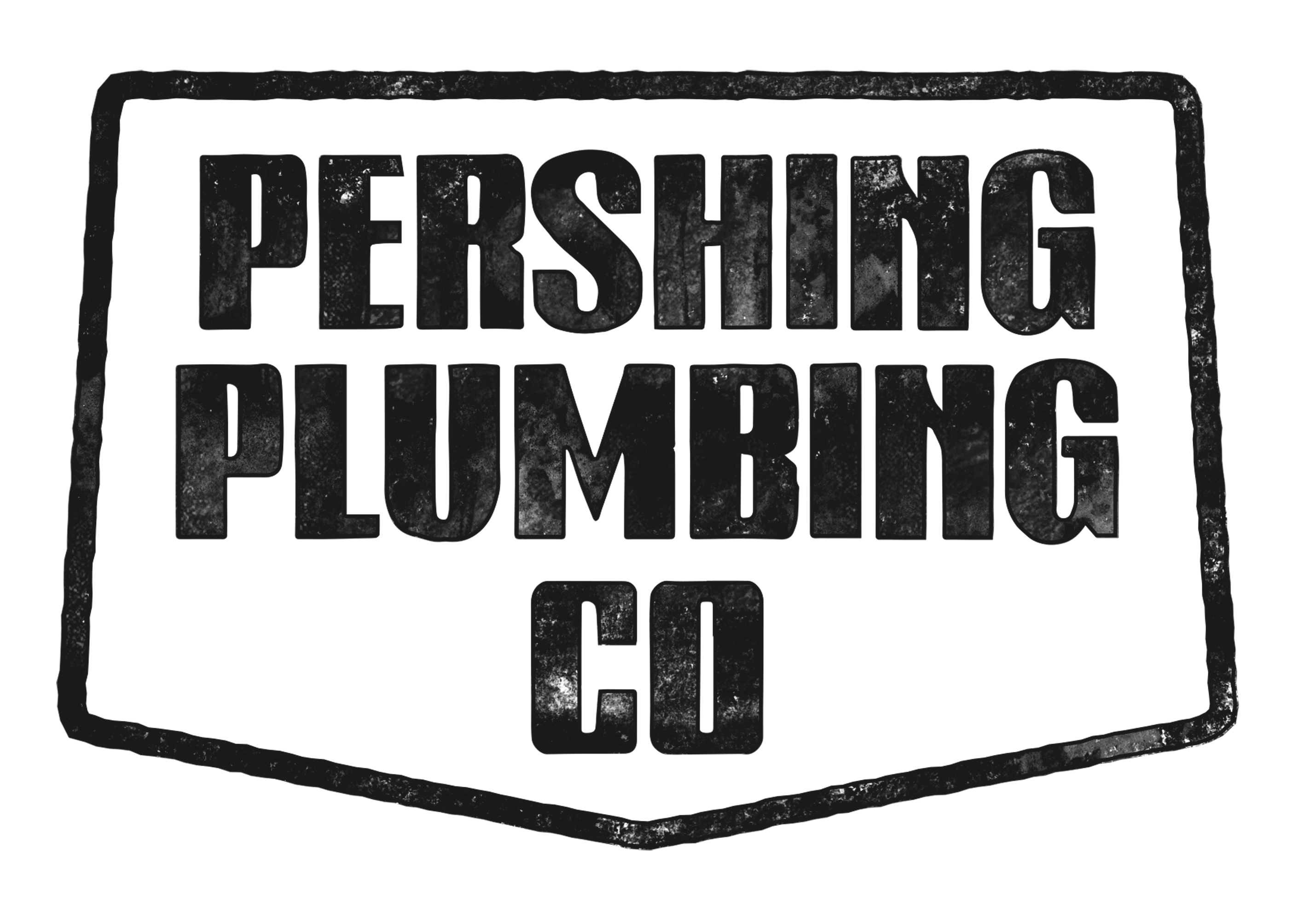Have you noticed droplets of water forming on your pipes? Sweating pipes, while not necessarily an emergency, can be a cause for concern if left unaddressed. This phenomenon might look like a pipe leak, but it’s actually condensation that occurs when warm, humid air comes into contact with cold water pipes.
Over time, sweating pipes can lead to bigger issues, such as water damage or mold growth. If you’re unsure how to handle this issue, consulting with a Pasadena plumbing professional can ensure your pipes and home are protected.
What Causes Sweating Pipes?
Sweating pipes are typically caused by condensation, not an actual leak. When cold water runs through pipes in a warm, humid environment, the surface of the pipe cools the surrounding air. This cooling process causes moisture in the air to condense on the pipe’s surface, much like how water forms on the outside of an icy drink in the summer.
This issue often occurs in areas with higher humidity levels, such as basements, bathrooms, or laundry rooms. While the moisture itself might not seem like a big deal, it can lead to significant problems over time, including:
- Water Damage: Dripping condensation can soak into walls, floors, or ceilings, causing staining and potentially rotting materials.
- Mold and Mildew: The moisture from sweating pipes creates the perfect environment for mold and mildew to thrive, leading to health risks for you and your family.
- Pipe Corrosion: In some cases, prolonged condensation can cause metal pipes to corrode, weakening them and increasing the risk of leaks.
Should You Be Concerned About Sweating Pipes?
Sweating pipes aren’t typically a plumbing emergency, but they shouldn’t be ignored. Over time, the constant moisture can result in costly repairs. A professional Pasadena plumbing service can help you determine the root cause of the sweating and provide solutions to prevent further damage.
How to Prevent Sweating Pipes
Here are some effective ways to stop or reduce pipe sweating:
- Pipe Insulation
Wrapping pipes with foam or rubber insulation is a simple and effective way to prevent condensation. Insulation keeps the pipe’s surface temperature closer to the surrounding air, reducing the likelihood of moisture forming.
- Control Humidity Levels
High humidity is the main culprit behind sweating pipes. Use dehumidifiers in humid areas or improve ventilation in problem zones like bathrooms and basements.
- Address Air Leaks
Seal air leaks around windows, doors, and vents to prevent excess moisture from entering your home. This can help stabilize humidity levels and reduce condensation.
- Consult a Professional
If sweating pipes persist or you’re unsure how to address the issue, contact a Pasadena plumbing expert. A professional plumber can evaluate your home’s plumbing system and suggest the best long-term solutions.
Pasadena Plumbing Experts Can Help
While sweating pipes might not seem like a major problem at first, the long-term consequences can be damaging. From water stains to potential mold growth, ignoring the issue can lead to costly repairs. By addressing the problem early, you can protect your property and avoid unnecessary expenses. If you’re concerned about sweating pipes or any other plumbing issue, reach out to a trusted Pasadena plumbing service today. Their expertise will ensure your pipes are in great shape and your home stays safe from water damage.

